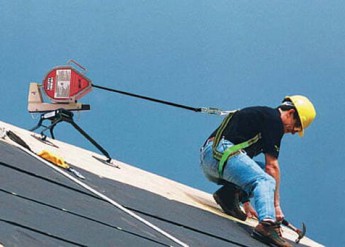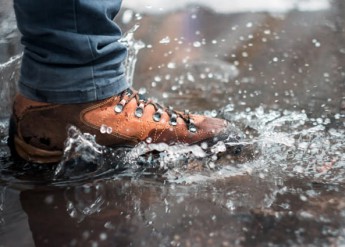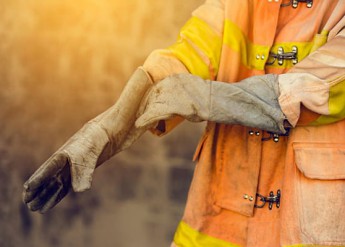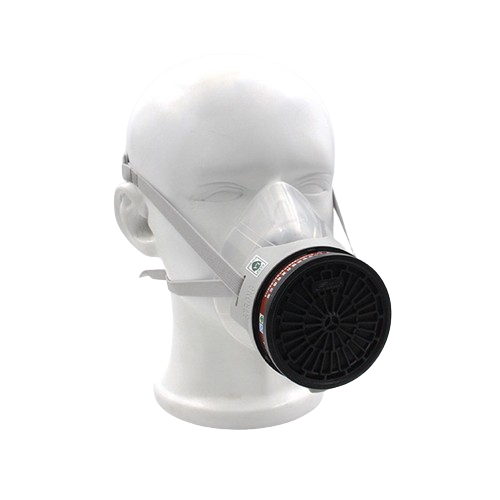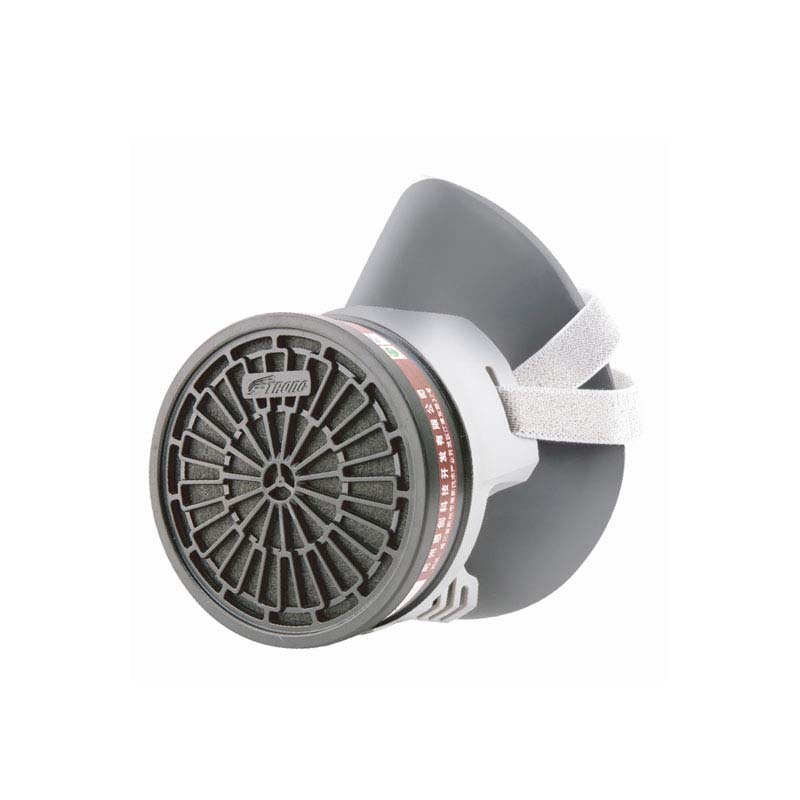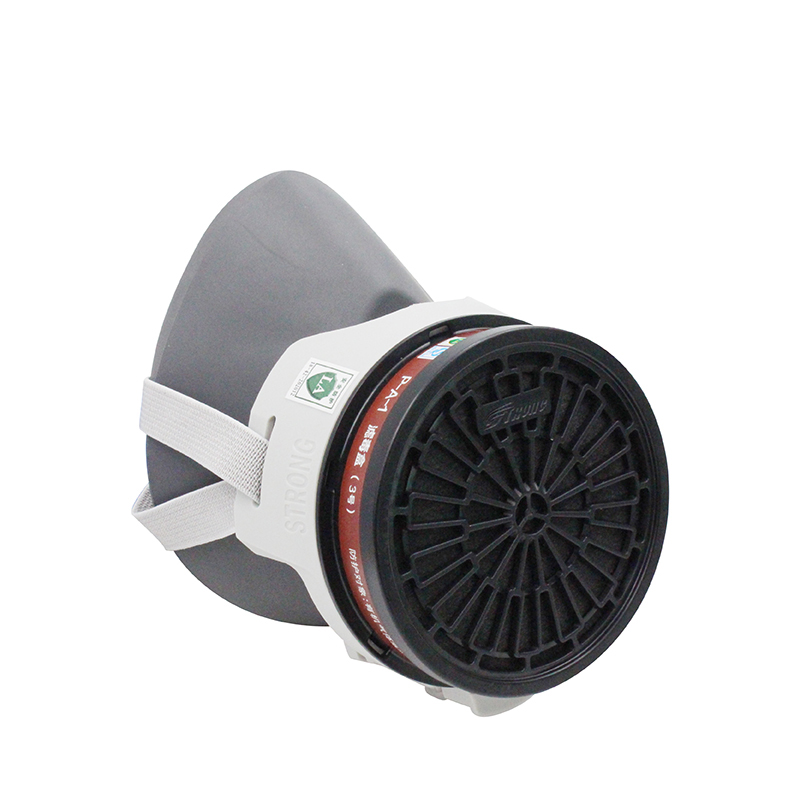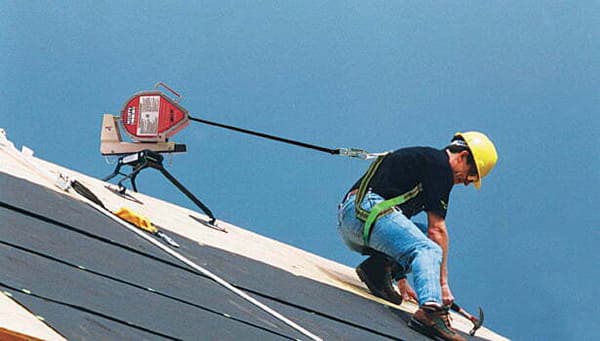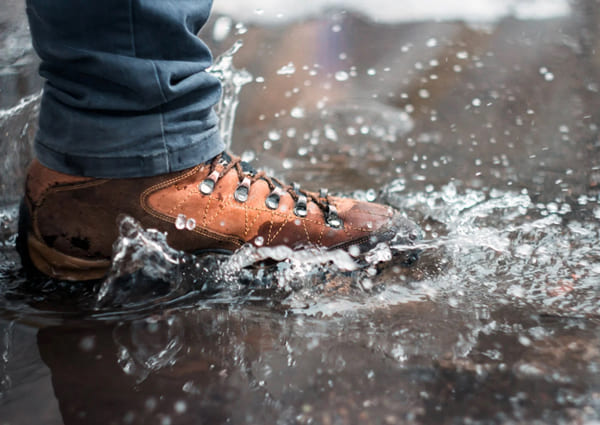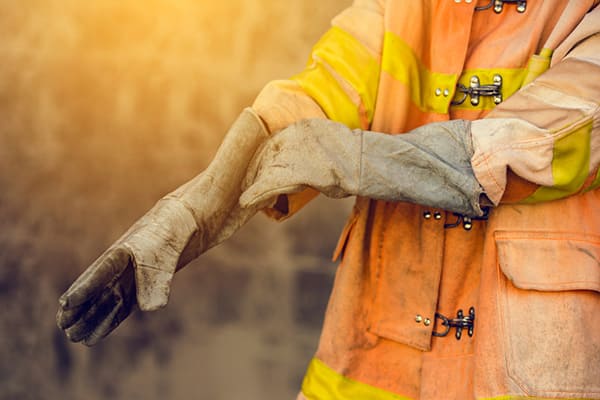Hearing Protection
Imagine what it would be like to live without being able to hear.
Hearing enables you to carry on a conversation, to enjoy your favorite music at home or on your truck or car radio.
On the job, you can hear the backup alarms on bidirectional earth moving equipment or the warning sound of a crane horn. More than twenty million Americans suffer some measurable hearing loss and 16 million workers are exposed to noise on a job that could damage their hearing.
OSHA regulations require employers to take measures to reduce exposure to noise levels at or above 90 decibels. The intensity of a sound is measured in decibels dB. A whisper measures about 20 decibels, our average speaking voice is 60 decibels, a shop saw is 100 decibels and a jet plane is 140 decibels. Many areas around the job site have high noise levels, and everyone needs to take the proper steps in preventing injury to their hearing.
First we can try to engineer the noise away by putting up sound barriers or enclosing certain processes. Second, the company can schedule workers so they spend less time around high noise operations. Depending on the circumstances, these two options may not be possible to implement. But the third thing, we can do anywhere anytime--wear hearing protection.
Different shapes and sizes are available, earplugs will give you some protection. Earmuffs provide you with better protection. And to achieve maximum protection, you should use both.
Your employer is responsible for requiring the wearing of hearing protection in all operations where there is exposure to high noise levels. As an employee, your responsibility is to obey warning signs that tell you hearing protection is required. Use common sense. If the noise is loud, use protection. Both Loud and impulse noise can slowly destroy your hearing before you're even aware of the damage. Wearing protection is your best bet against hearing loss.

